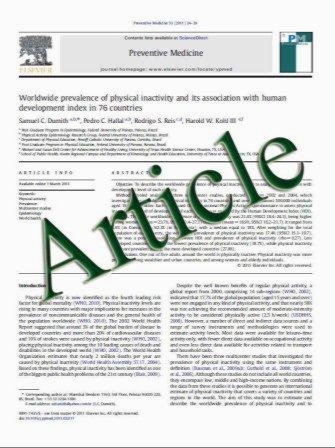Functional role of TASK-1 in the heart: studies in TASK-1-deficient mice show prolonged cardiac repolarization and reduced heart rate variability
- نوع فایل : کتاب
- زبان : انگلیسی
- مؤلف : Birgit C. Donner Martina Schullenberg Nora Geduldig Anja Hu¨ning Jan Mersmann Kai Zacharowski Alexander Kovacevic Ulrich Decking Maria
- چاپ و سال / کشور: 2011
Description
TASK-1, a member of the recently identified K2P channel family, is mainly expressed in the heart and the nervous system. TASK-1 is regulated by several physiological and pathological conditions and functions as a background potassium channel. However, there are limited data concerning the significance of TASK-1 in cardiac physiology. We studied the functional role of TASK-1 in the heart by cardiac phenotyping the TASK-1-deficient mouse (TASK-1-/-). TASK-1 was predominantly expressed in the ventricles of control animals. Real-time PCR and immunoblot demonstrated that the expression of seven other K2P channels was unchanged in TASK-1-/- mice. No structural or functional abnormalities were found by histology and echocardiography. Electrophysiological studies recording monophasic action potentials (MAPs) showed a significant prolongation of action potential duration in spontaneously beating and atrially paced hearts, respectively. Surface ECGs of TASK-1-/- mice revealed a significant prolongation of the rate corrected QT interval. Telemetric ECG recordings for 24 h, during physical and pharmacological stress testing and after ischemia/reperfusion injury did not result in a higher incidence of arrhythmias. Infarct size was comparable in both genotypes. However, TASK-1-/- mice had a higher mean heart rate and significantly reduced heart rate variability (HRV). Time and frequency domain measurements as well as baroreceptor reflex testing revealed a sympathovagal imbalance with a shift to an increase in sympathetic influence in TASK-1-/- mice. In conclusion, TASK-1 plays a functional role in the repolarization of the cardiac action potential in vivo and contributes to the maintenance of HRV.
Basic Res Cardiol (2011) 106:75–87 Received: 31 August 2010 / Revised: 1 October 2010 / Accepted: 11 October 2010 / Published online: 27 October 2010


